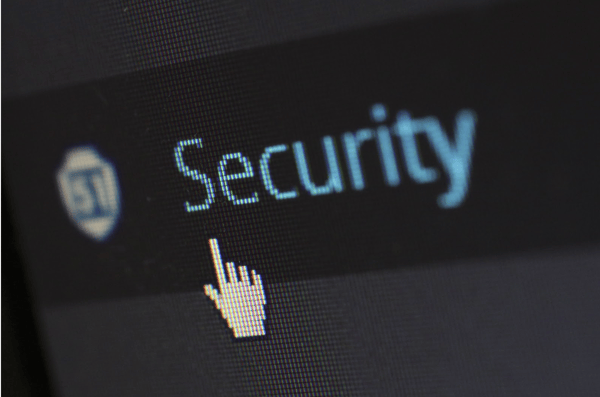
Cybersecurity is one of the main business concerns of the 21st century. Consumers, businesses, and employees are all driven by the internet and can access anything at any time. This 24/7 access can cause problems from external sources, such as hackers.
However, internal security threats open an organization to a breach. Here are a few tips for businesses to protect themselves from internal security threats.
Have the Right Tools in Place
There are a variety of tools and protective measures that a business can implement to protect itself from internal security threats. One of the easiest ways to protect internal data from a security breach is to have password-protected WiFi that is inaccessible by both employees and visitors of the organization. This protected network will be for the transference and storage of sensitive information. If a business wants to offer free WiFi, they should have an alternate network for that purpose.
Another simple tool for protecting a business from internal threats is ARM, like access management system - access rights software from SolarWinds. ARM software puts checks and balances in place to ensure that sensitive information is only accessible by those who require access. This not only protects a business from internal security threats, but it also ensures that the organization is in compliance with privacy protection regulations and shareholder expectations.
Antivirus software is also beneficial for protection should an internal mistake be made, such as an employee downloading an attachment with a virus or opening a bad link. While personal computers can get by with basic antivirus software, businesses should look for something more sophisticated that meets their needs.

Employee Education and Training
As shocking as it may seem to some, hackers and external threats shouldn’t be the main cause of concern in cybersecurity. It’s estimated that half—if not more—of cybersecurity breaches are caused by employee negligence. In small businesses, employee negligence resulting in a data breach could be the downfall of the business due to the resulting recovery costs, legal fees, penalties, and loss of customer trust.
That’s why the best thing that businesses of all sizes can do is train and educate their employees in cybersecurity measures. In many cases, it’s the simplest of mistakes that can do the most damage. Seemingly innocuous tasks, such as downloading a file, can result in a data breach. Additionally, as ridiculous as the ever-changing password demands and complexity of their composition might seem to the user, they serve a very important purpose.
Businesses should take the time to host education sessions, rather than having employees skim through a policy and sign at the bottom. While the policy does put the onus on the employee—indicating that their job is at risk if they don’t adhere to the requirements—having that document doesn’t retrieve lost data or cover costs incurred. Frequent training sessions that outline the implications in a forward manner are more effective.
Backing Up Data
In addition to taking a proactive approach to preventing data breaches caused by internal security threats, it’s also essential to have a backup plan. In this case, the term backup plan is used in the literal sense.
Having regular data backup times and protocols in place could be the thing that saves a business from going under after a data breach, as it allows the organization to recover information that is lost or revert to data from before the system’s integrity was corrupted. Considering nearly 60 percent of businesses go under after experiencing data loss, the simple task of scheduling an automated backup protocol is critical.
As data backup can be automated, there’s no excuse for a business not to have this protocol in place. It’s also worth noting that with the increase in remote work, many third-party file sharing applications don’t have data backups in place for if there is an internal error within an organization. The regular backups that take place in a system like G Suite are meant for an error on their end. If an organization experiences a breach that results in the loss of their shared files, the onus is on the organization to have the data backed up elsewhere.
Another consideration for organizations that store data backups offsite—particularly global businesses with various locations—is to have a couple storage options in different areas. That way if a wide-spread data breach and loss occurs in the U.S. office because of an external threat, there’s a secure copy of the most recent backup in one of the satellite locations.

Cybersecurity in the Future
With the rate technology is evolving, and the continuous shift toward remote work, organizations are struggling to keep up with cybersecurity measures. There remains a lot left unknown when innovations are implemented, and those with malicious intent are working equally as hard as cybersecurity experts to stay ahead of the curve.
By prioritizing internal security, especially in organizations taking advantage of remote work opportunities, businesses are taking an important step in overall cybersecurity protection. Employee protection, powerful tools and protocols, and working with the experts as needed will go a long way to protecting a business from internal security threats.




Comments